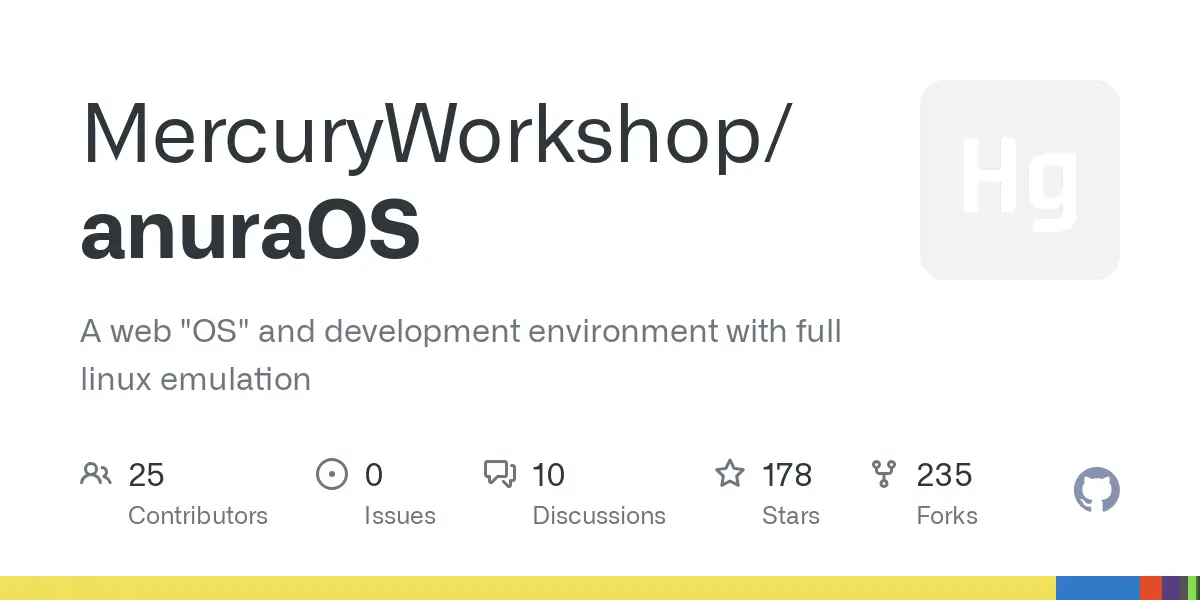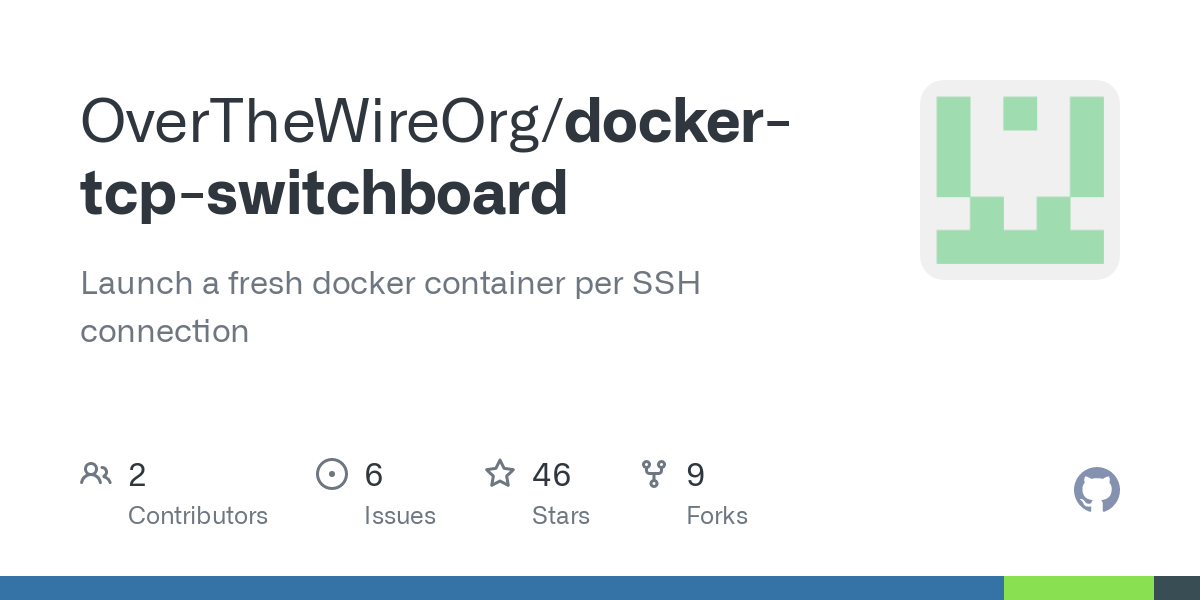

Opensuse doesn’t have rpm-ostree. Their immutable offerings are just snapper/btrfs snapshots before changes to the system.
Such a setup is nowhere near as powerful. rpm-ostree can rebase itself based off of a container/oci image. It can layer images on top of eachother. Rather than just tracking when changes happened, it can also track what change happened, in a git style setup.














https://help.kagi.com/orion/faq/faq.html#oss
So, does anyone here remember when all chromium browsers had a secret api that sent extra data to google? Brave, Opera, and Edge got hit by this one, but I think Vivaldi dodged it. They all removed this after they found out, but still…
When it comes to things like browsers, due to the sheer complexity and difficulty to truly audit chromium, I don’t really consider chromium to be “open source” in the same sense as many other apps. Legally, you can see and edit the code. But in practice, it’s impossible to audit all of it, and the development is controlled by a single corporation who puts secrets in it, or removes features that harm their interests (manifest v3). Personally, I consider Minecraft Java to be closer to open source than chromium is.
To say that:
is really just a cop-out and excuse for not being transparent with their code and what they are doing.